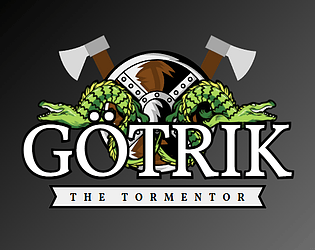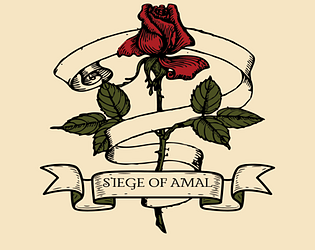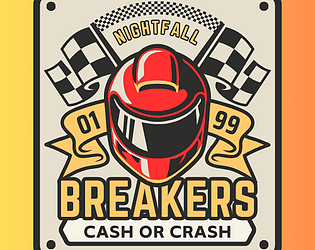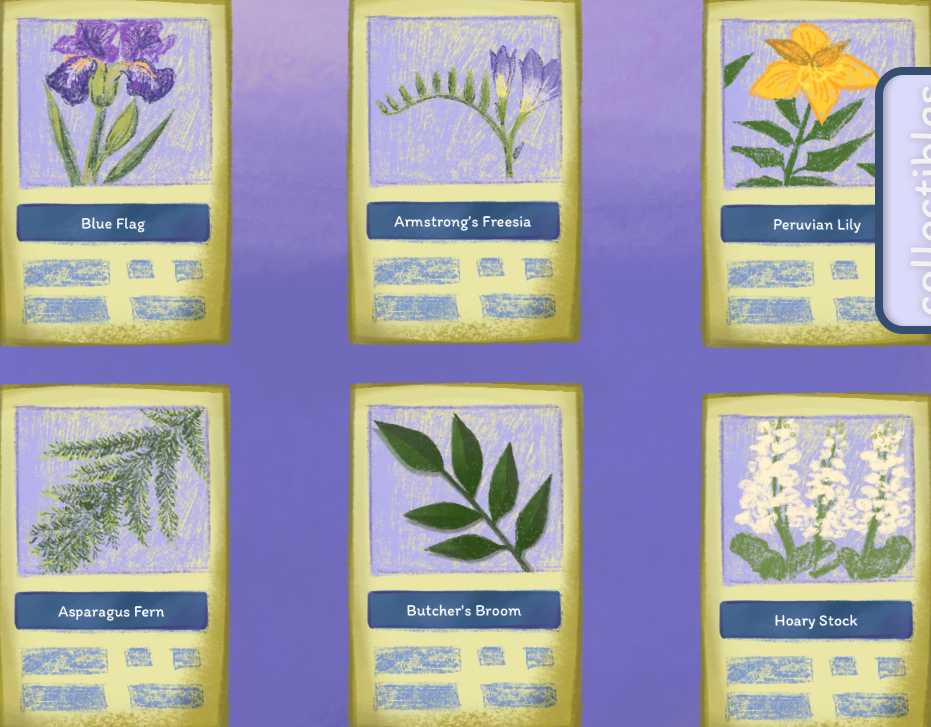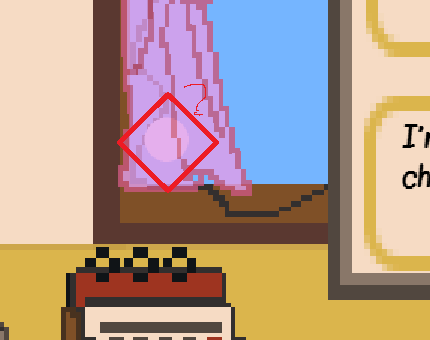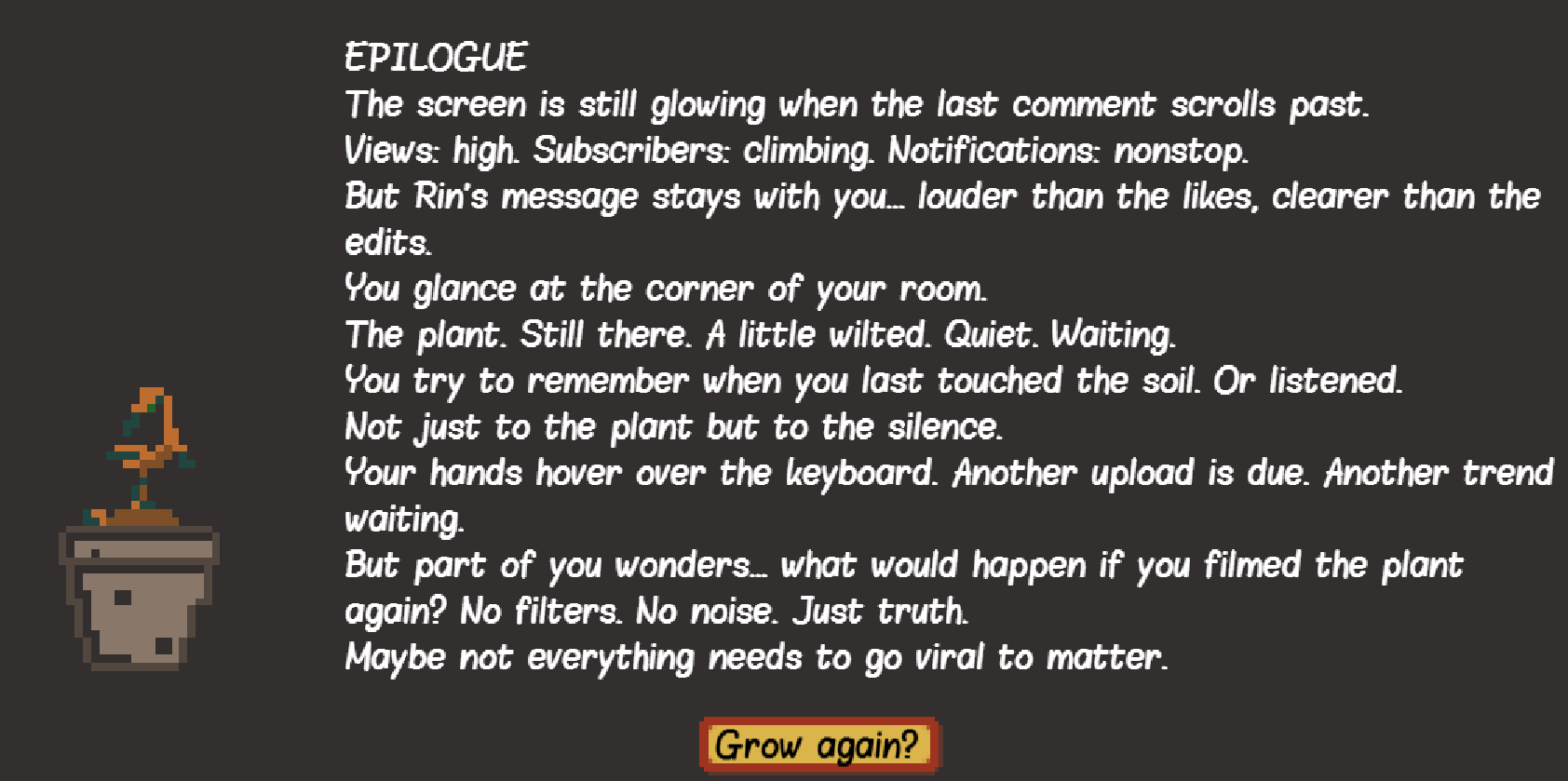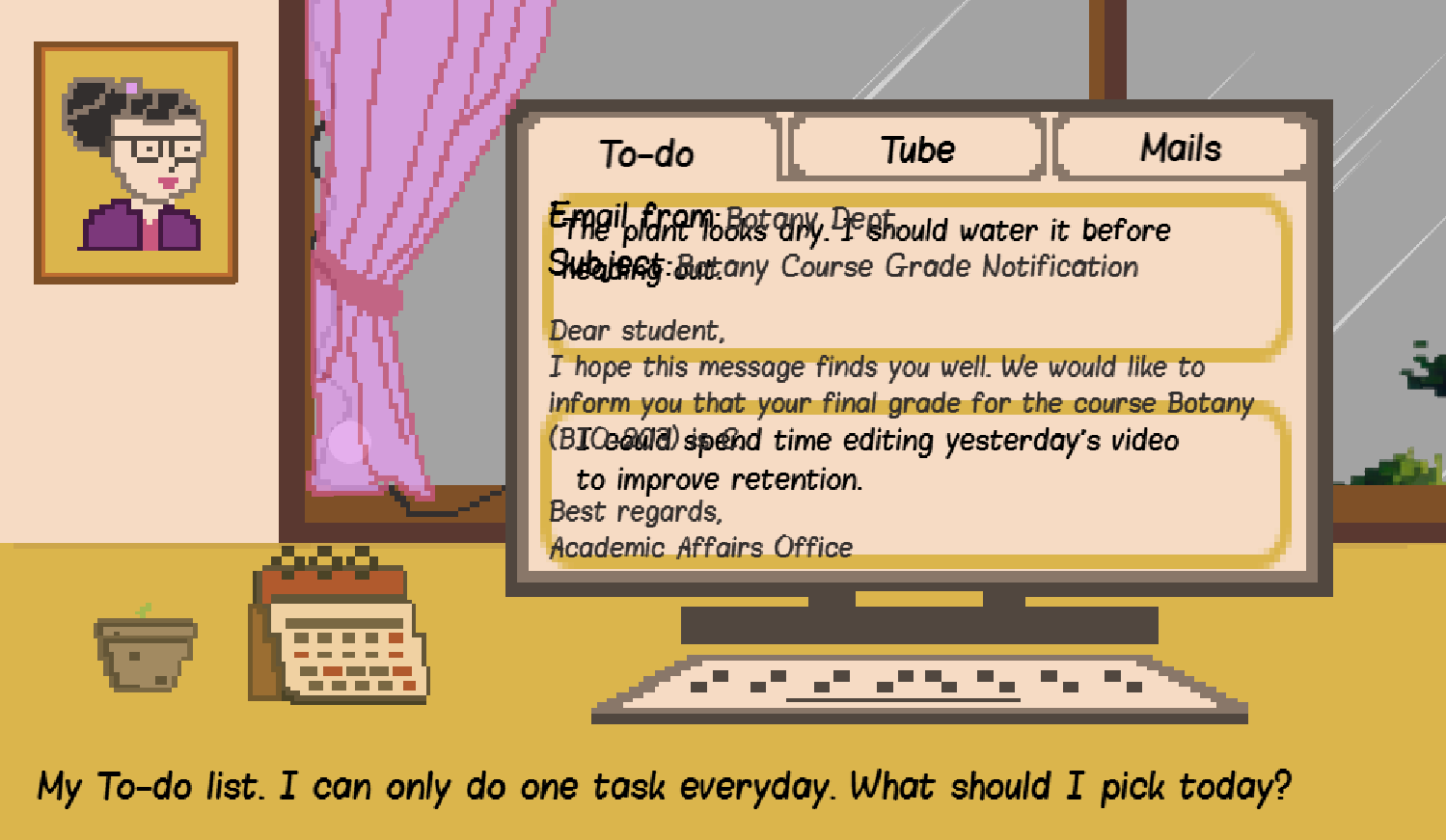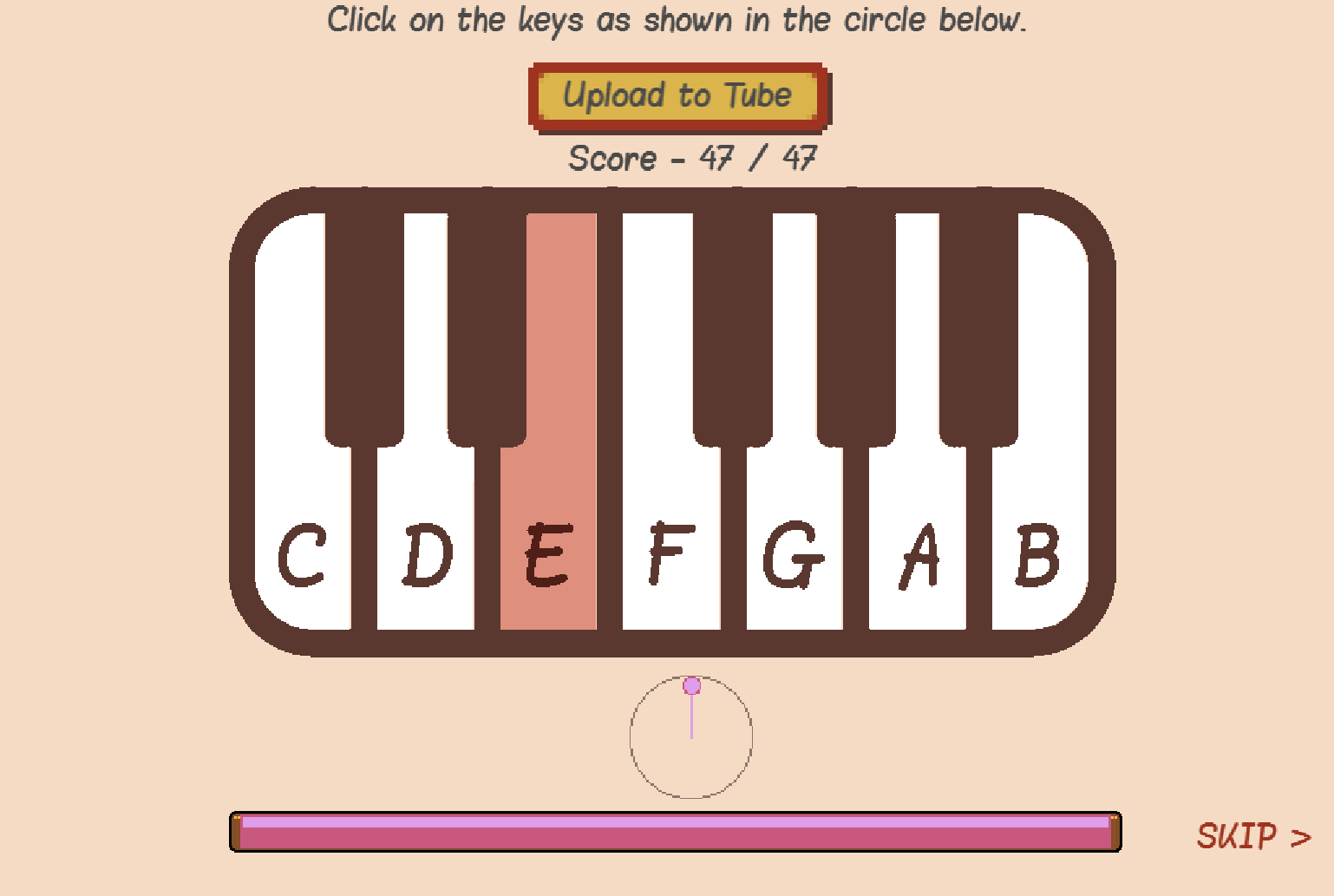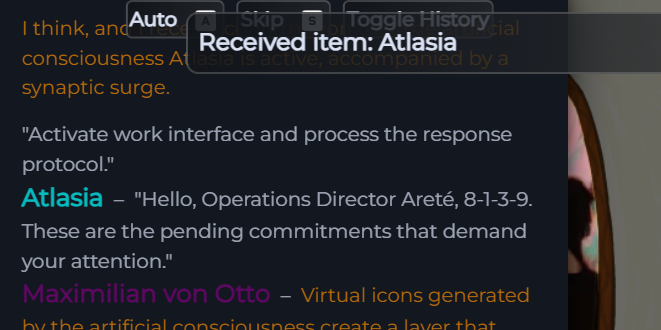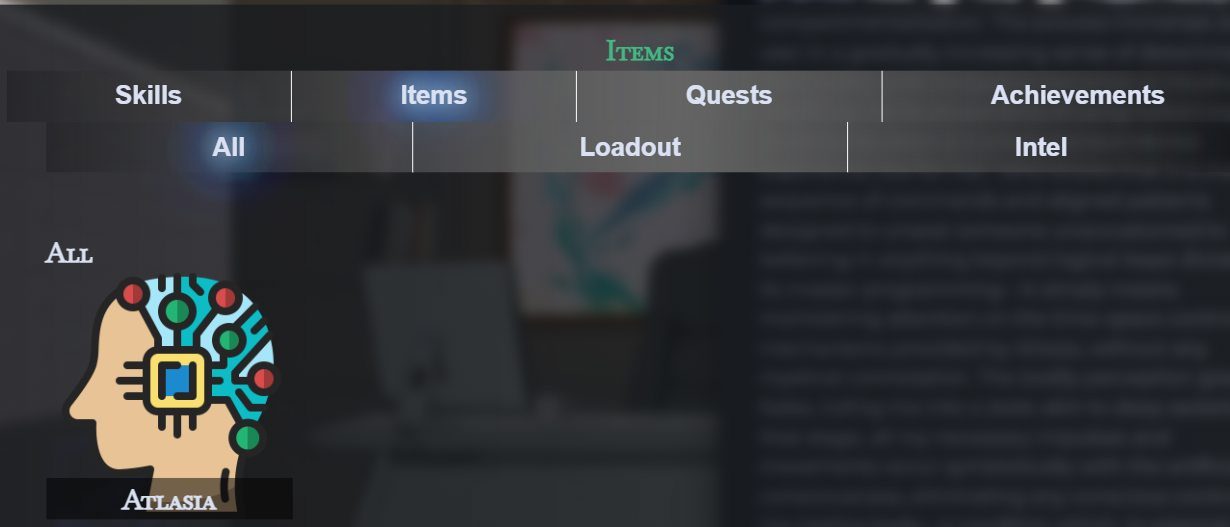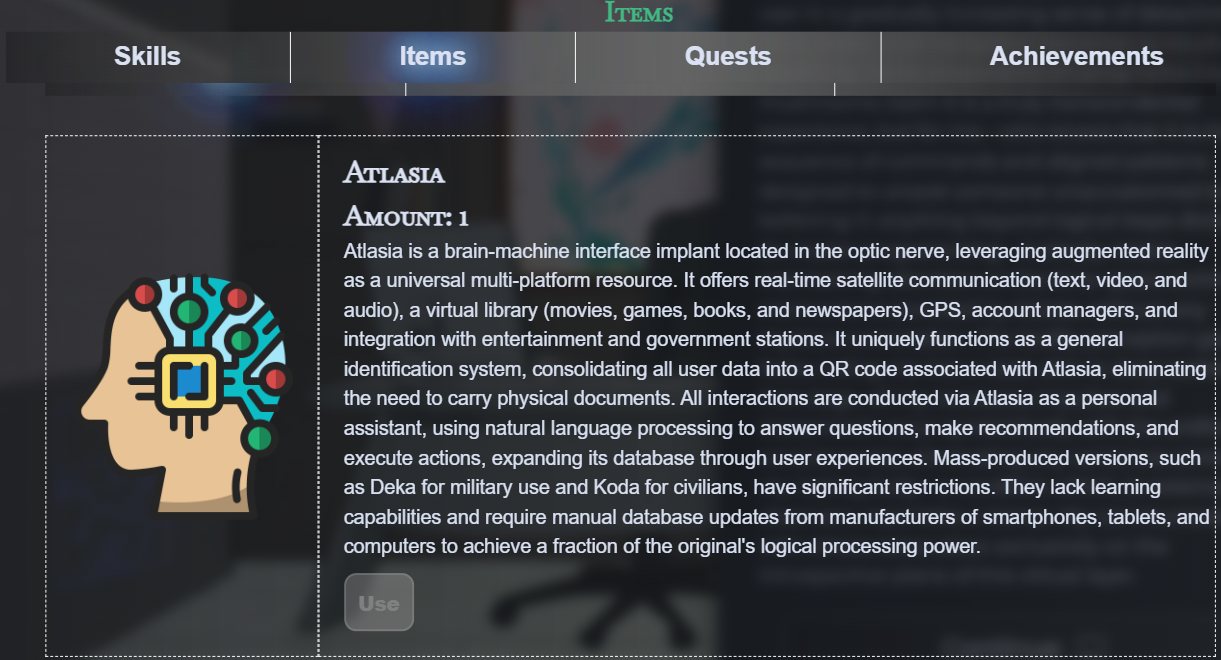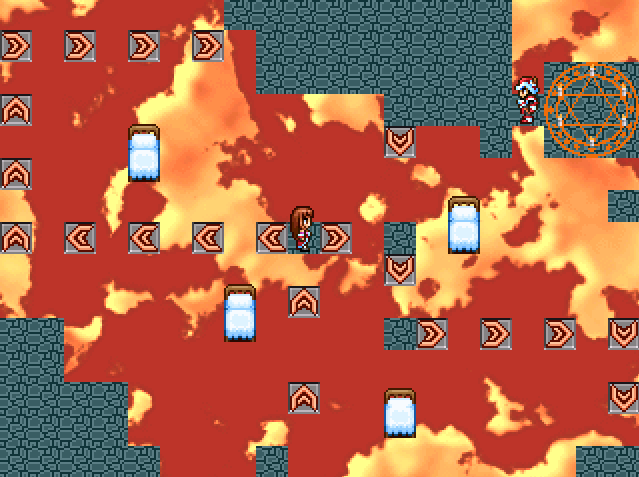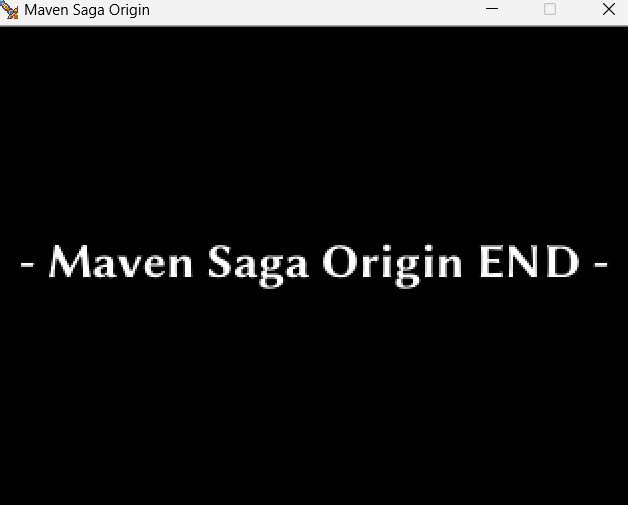Damn, I’m honestly a bit embarrassed by so much praise! And, honestly, having two people say they were reminded of Gundam makes me really happy, because I truly love Gundam! ✮⋆˙ Thank you so much — not just for your words, but for sharing your experience.
I had a lot of fun during this battle, and knowing that others could feel that makes me really happy as an artist, because my goal was truly to deliver a journey. And I believe I succeeded, even with all the density that had to be overcome.
One of the bugs, for example, is with the achievements display. Due to an export error, when you click on the achievements, the asset is loaded (so the unlocks do happen), but they don’t display correctly on the layer where I placed them.
I’m deeply thankful that you took the time and shared your thoughts on Obedience! ᯓ★



